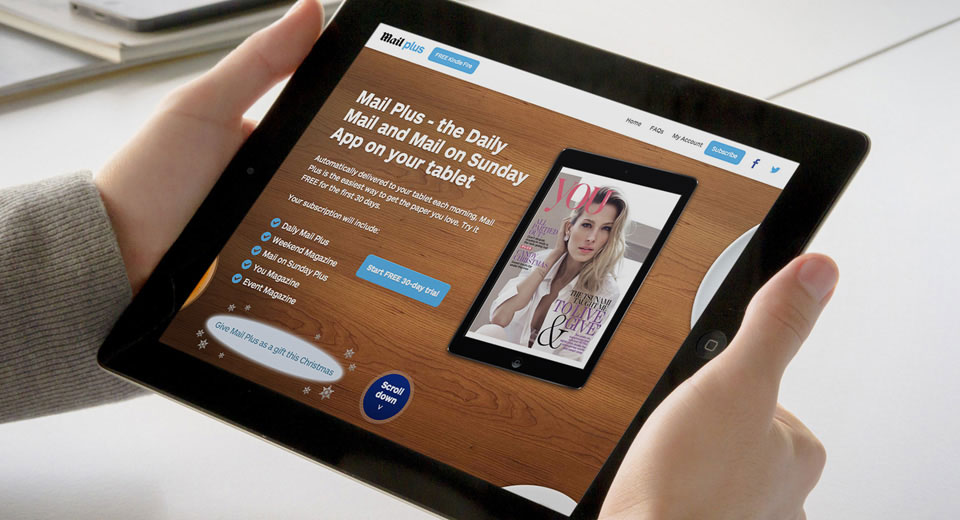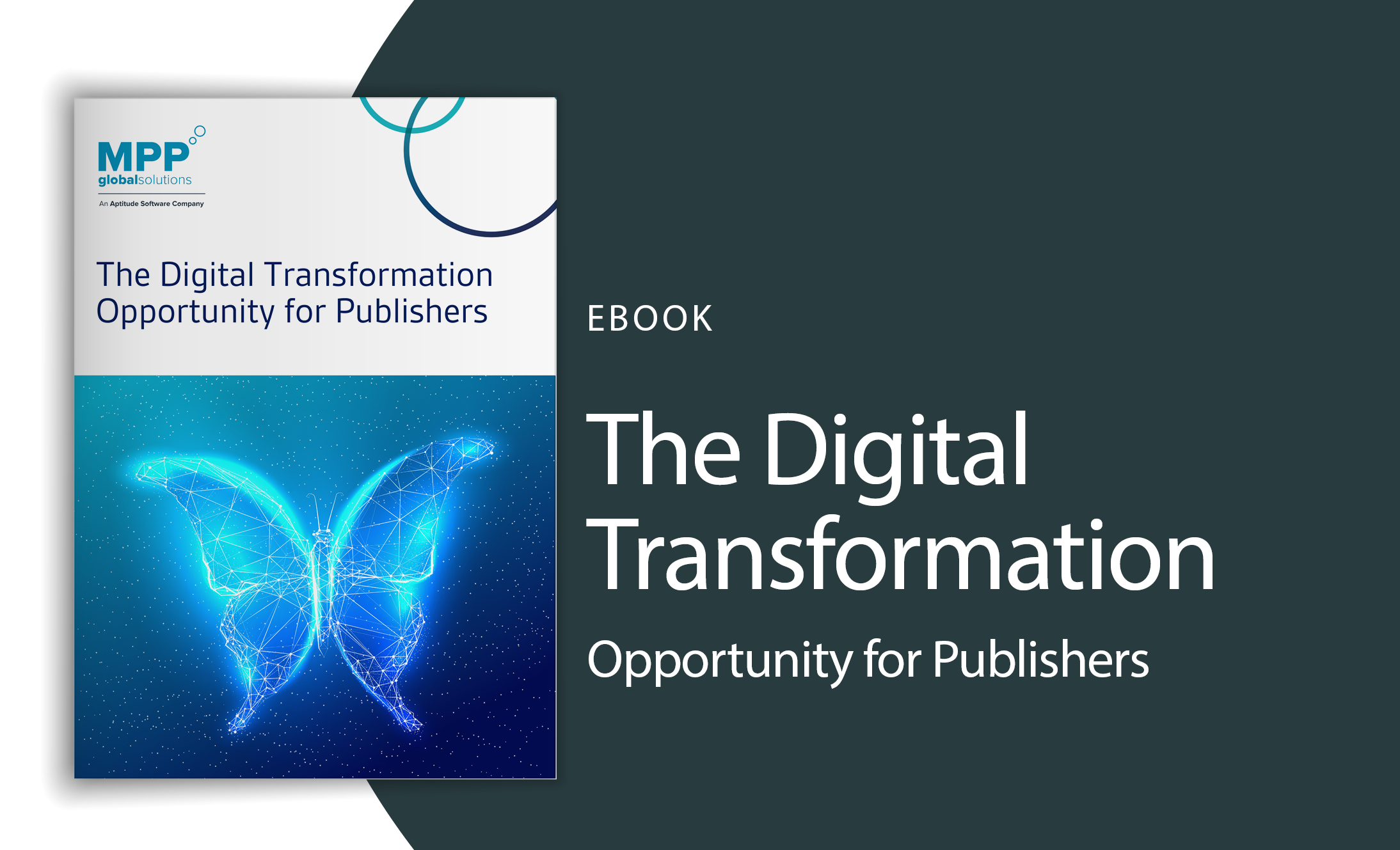Digital Paywall Success for the Financial Times
As a leader in innovation and commitment to its readers, as evidenced by its leading move to using a digital paywall – the Financial Times and its ownership company are in a pretty good place by now. In a review of its financials for 2011, Pearson has provided an interesting look at what keeps media companies going in the digital age.
To summarise briefly, the numbers while showing some strong advancements in the move to digital newspaper subscription, there is still a lot of work to be done in the realm of the corresponding digital revenue model.
Consider these facts and figures:
- Financial Times subscriptions are up 29 per cent to 267,000.
- Digital subscribers increased over the print circulation numbers in the United States for the first time in 2011.
- There are more than 4 million registered users with the FT.com website.
- Advertising revenue dropped from 59 per cent of FT Group turnover in 2007 to 42 per cent in 2011.
Good news. Bad news. The perfect storm really. The good news is that consumers are wiling to pay for and subscribe to online news content. The good news is that the Financial Times is seeing excellent gains in the United States. The good news is that the digital paywall model is working. The bad news is that advertising revenues are falling.
This all speaks to the inherent problem for most major media companies: consumers will pay for digital content but the loss in advertising revenues from the digital medium is a point of concern. The innovation that allowed newspaper publishers, such as FT Group, to push the boundaries with its digital product and online subscription model must be translated to the advertising and marketing departments.
But, will this be enough? Online advertisements need to go beyond the typical flashing banner or landing page – most readers ignore these ads or don’t even bother to click on the banner. This makes it challenging for media companies to demand the high rates for these advertisements. Unlike in a traditional newspaper or magazine where readers will linger over advertisements and might even follow through with some consumer research, this simply isn’t happening online.
The companies that are having success with online advertisements are pushing the boundaries and thinking of their consumer. We know that people are willing to pay for digital newspapers – and this took some savvy marketing, pricing, and packaging to get the early adopters to digital newspaper subscription on-board. This same creativity and forward-thinking is required to help boost advertising revenue.
But, this is likely a short-term panacea – as consumers get more savvy, it will be easy to skip and ignore these advertisements. So really better time and energy should be spent on increasing the viability and appeal of the digital package and making it easy for readers to pay for the content they want. The Financial Times has done this by giving readers access to free content, collecting reader data and packaging their online newspaper as one that appeals to more than business men and economists. With realising that its readership are really interested in: business, life, food and drink, leisure, and entertainment – the FT.com website now appeals to a range of readers who likely would never purchase a print issue of the Financial Times.
Getting back to the revenue numbers again, here are some more encouraging facts:
- 58 per cent of FT Group revenue in 2011 was due to content revenues – this is up from 41 per cent in 2007 and FT digital subscriptions account for approximately 44 per cent of total paid circulation.
And now consider that the Financial Times and The Economist Group, in which Pearson holds a 50 per cent interest, are predicting:”weak advertising markets but strong growth in digital subscription revenues”.
To sum up, it is worth really reading what chief executive Marjorie Scardino said:”The external environment provides a testing backdrop for these results, and all our industries face some degree of turbulence.
“But our strategy and long-term planning for change have helped us to another good year to add to our record of persistent out-performance.
“We believe those qualities, combined with the commitment and innovation of our people, will continue to serve our customers and our shareholders well.”
Did you catch the key words here: innovation, commitment, and long-term planning.
Time to think about how this type of thinking can be translated to continued online success and revenues – for every media and entertainment company out there.
 us
us 






 Posted by MPP Global on
Posted by MPP Global on


